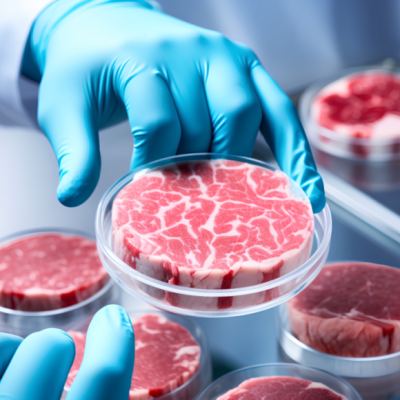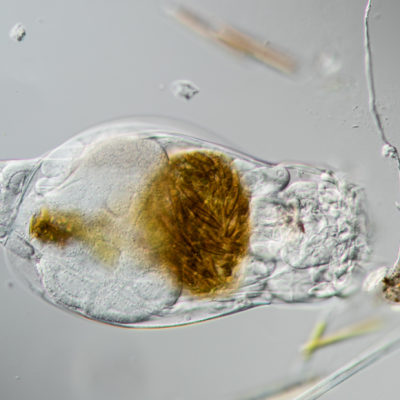Scientists at the University of Leeds have developed a new two-layered gold material that accelerates chemical processes ten times faster than currently used nanoparticles. The material is also more economical as it requires significantly less gold to produce the same effect. The gold platelet is a million times thinner than a human fingernail and is practically two-dimensional. The two-atom thick gold layer was made from tetrachloroauric acid, which was converted into gold in an aqueous solution. The gold atoms were then arranged in a clear lattice structure using a shaping agent. The new material, nicknamed Nano-Seaweed due to its green color, could help develop more environmentally friendly and efficient catalysts in the future.
Catalysts are used in chemistry to accelerate reactions, and the new gold material could help solve the problem of using toxic acids, heavy metals, or precious metals like gold in current industrial catalysts. The two-layered atom structure of the gold platelets ensures that all atoms are on the surface and can accelerate the chemical reaction as desired. Current gold catalysts are much thicker, which means that many gold atoms do not sit on the surface and do not accelerate the reaction as desired. Initial experiments have shown that the new gold material accelerates chemical reactions ten times faster than commercially used nanoparticles. The new material is more economical as it requires less material to produce the same effect.
According to Sunjie Ye, the author of the study, the new material could help develop more environmentally friendly and efficient catalysts in the future. The new gold material is a significant breakthrough in the field of chemistry and could have a significant impact on the development of more efficient and environmentally friendly catalysts. The new material is also more economical, making it an attractive option for industrial applications.










